| Jan 3, 2023 | No.165 |
December 2022
(Back Issues Here)
We had only 0.23 inches of rain at the Palmira Arriba Station in December of 2022. That is less than 1/4 of an inch.
Rainfall for December 2022 |
|||
Area |
Contributors |
December 2022 |
Total 2022 |
| El Salto Arriba | Beth Corwin | 0.07 | 140.30 |
El Santuario |
Robert Boyd |
3.68 | 143.98 |
| El Santuario | Rodrigo Marciacq | 3.55 | 135.18 |
| Los Cabazon | Don Hughes | 1.94 | 161.96 |
Jaramillo Arriba |
Steve Sarner |
1.56 | 235.19 |
| Jaramillo Arriba | Mark Heyer | 1.26 | 182.37 |
| Jaramillo Central | Dave Nichols | 1.24 | 207.50 |
Jaramillo Abajo |
Don Berkowitz |
0.09 | n/a |
Jaramillo Abajo |
John McGann |
0.80 | 214.77 |
| Palo Alto | Nancy Pettersen | 6.47 | 152.61 |
| Valle Escondido | Gisela Remsen | 0.85 | 127.49 |
Brisas Boquetenas |
Austin Perry |
n/a | n/a |
| Brisas Boquetenas | Dennis Decorte | 0.03 | n/a |
| Brisas Boquetenas | Richard Sturz | 0.06 | 284.06 |
Los Molinos |
Sela Burkholder |
1.43 | 257.26 |
| El Encanto (Volcancito) | Brian Baldwin | 0.91 | 153.11 |
Cerro Verde (Volcancito) |
Charlotte Lintz |
0.13 | n/a |
Santa Lucia |
Paula Litt |
0.40 | 174.55 |
| Caldera | Chris Mccall | 1.02 | 252.30 |
| Lucero | Mike Joy | 0.45 | n/a |
Boquete Country Club |
Paul Arrandale |
0.38 | 184.15 |
| Palmira Abajo | Andrea Boraine | 0.00 | 186.09 |
Palmira Arriba |
Lloyd Cripe |
0.23 | 178.28 |
| El Banco | Laura Daniels | ? | n/a |
At the Palmira Arriba Station we recorded only 0.23 inches of rain for December. This is below normal. The average for the month of December observed over 16 years of data collecting is 2.69 inches with a standard deviation of 2.27 inches. The range has been between 0.23 to 7.01 inches. Although December is always a lower rainfall that the previous rainy season months, we clearly had a less than normal month of rainfall at our station.
Palmira Arriba Station December Rainfall over 16 Years
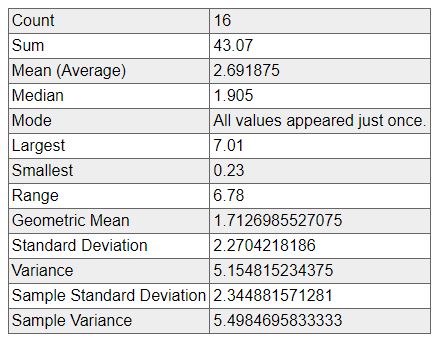
In the District of Boquete the rain for December 2022 has ranged from a low of 0.00 inches at Palmira Abajo as reported by Andrea Boraine to a high of 6.47 inches in Palo Alto reported by Nancy Petersen. An inspection of the Rainfall table for December indicates lower rainfall there is a lot of variability in the District of Boquete.
Take a look at this table to compare the amount of rain per month over the course of 16 years at the Palmira Arriba Station. You can check each month for yourself and see how the current month's data compares to other years. You can also look at the tables in the Climate Section to see what rains we had in various months over the course of the last 16 years as well as other weather variables.
We can now calculate and know the Total Rainfall in various parts of the District of Boquete for 2022. The highest rainfall in 2022 was 284.04 inches at Brisas Boquetenas reported by Richard Sturz. The next highest was reported by Sela Burkholder at Los Molinos with 257.26 inches. Chris Mccall reported 252.30 in Caldera. This is a lot of rain. 284 inches is 23.7 feet! The lowest rainfall for the year of 2022 was reported by Gisela Remsen in Valle Escondido with 127.49 inches.
Here at the Palmira Arriba Station we had a total of 178.28 inches of rain for the year 2022. That is 14.9 feet of water!
Is this more or less than in previous years? Based on the data in the table below, our average annual rain at the Palmira Station is 142.4 inches with a standard deviation of 43.1 inches. The lowest yearly rain we have recorded was 89.74 inches and the highest was 221.53 inches. This year's total of 178.28 inches is 0.87 standard deviations above the mean. So it is less than 1 standard deviation above the mean. We had plenty of rain for the year but not an excessive amount.
Palmira Arriba Station Total Yearly Rainfall over 16 Years
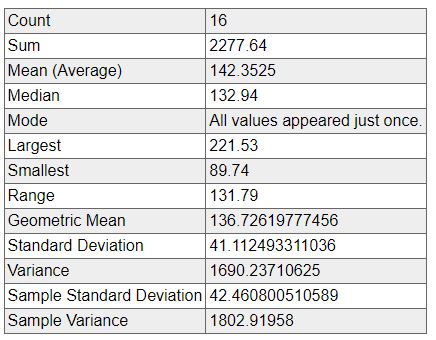
The latest ENSO Cycle Report is saying that "La Niña is present. Equatorial sea surface temperatures (SSTs) are below average across most of the Pacific Ocean. The tropical Pacific atmosphere is consistent with La Niña. La Niña is expected to continue into the winter, with equal chances of La Niña and ENSO-neutral during January-March 2023. In February-April 2023, there is a 71% chance of ENSO-neutral."
Here is a link to a source for a better understanding of El Niño. If you need some help with this, give this a read and you will learn a lot about this important weather phenomenon. It has more effect upon the Northern Latitudes than it has upon us.
The IRI (International Research Institute for Climate and Society) (select South America from the Region menu) is predicting that Panama will have a $45% probability of Normal levels of precipitation for the months of January-February-March 2023 (mostly no color to light green).
.gif)
ETESA's hydrology and meteorology section is predicting that Chiriqui will have basically normal to low normal levels of precipitation. You can read their report and check out the details in the "documents" section at this link.
December's sunshine and little rain has been good for drying our coffee. Some years we wrestle with rain, bajareque and cloudy days when trying to dry the coffee. At times it is near impossible to dry the coffee without drying machines which small coffee farms can't afford. We need cheap solar drying energy!
In case you don't know, after ripe coffee cherries are picked they are either pulped (skins and mucilage taken off) and washed before putting the coffee bean in it's hull in the sun to dry. This is called the wet method of processing as it takes water to wash off the muscilage. Another method called the natural method is to lay the whole coffee cherry in the sun and dry it like a raisin. This is called the dry or natural method. Either way the coffee has to be dried so that the bean inside has a low humidity of about 10 to 12 percent. The coffee is usually dried in the sun on concrete and has to be raked frequently to insure an even drying of the bean. This drying process takes between 2 to 5 weeks depending on the sun and rain conditions. Some years we struggle to get the coffee dried because of clouds and rain. This year December allowed us to dry the coffee more efficiently. However, we can only dry the cherries when they are mature, ripe and ready to be picked. The cherries don't all ripen at once or ripen evenly so it is a tedious job of picking only the ripe cherries that requires multiple passes over a span of several months. This prolonged span also increases the chance of struggles with good and poor drying weather. What I learned this year is "The drier the weather, the faster the coffee dries!"
Here are a couple photos of our coffee drying in December 2022:
Drying Coffee after Pulping (Wet Method)
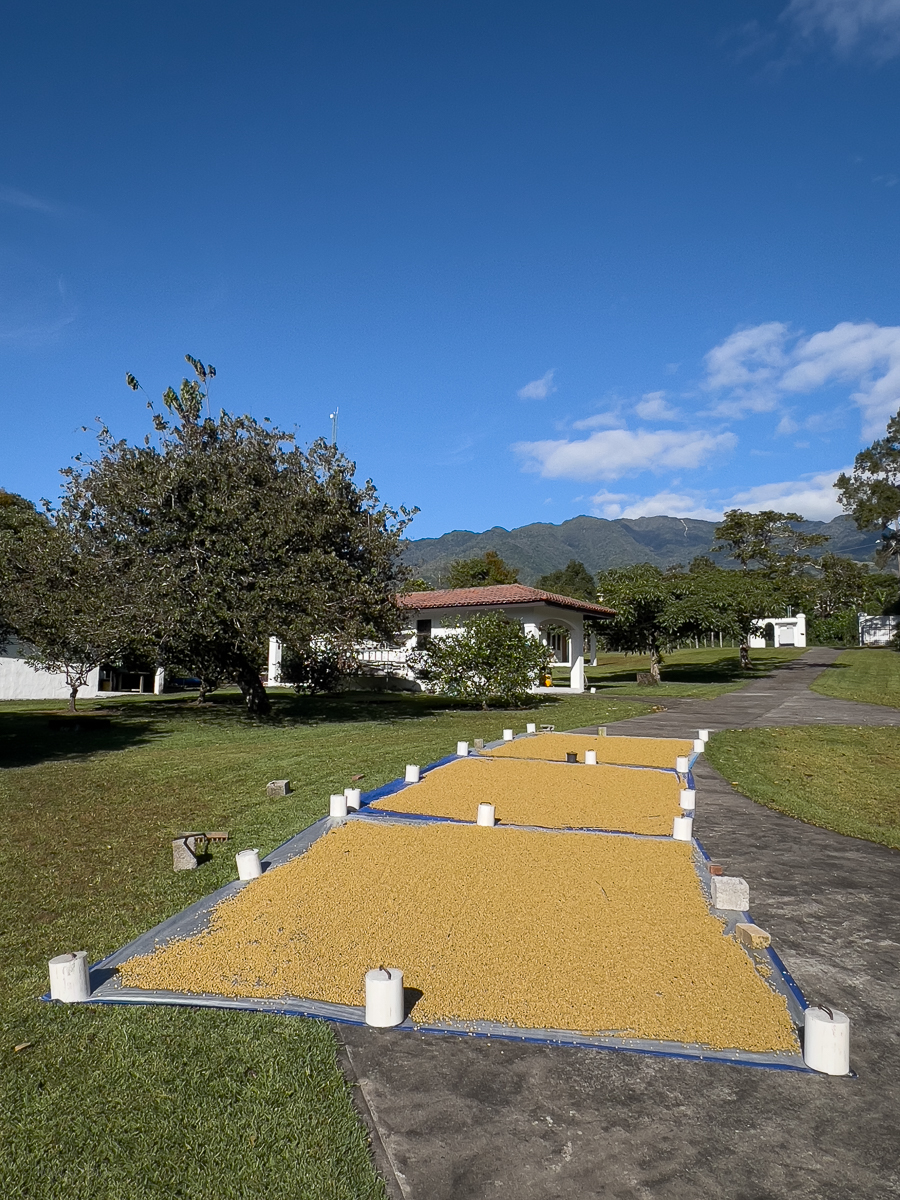
Drying Coffee with Whole Cherries (Dry or Natural Method)
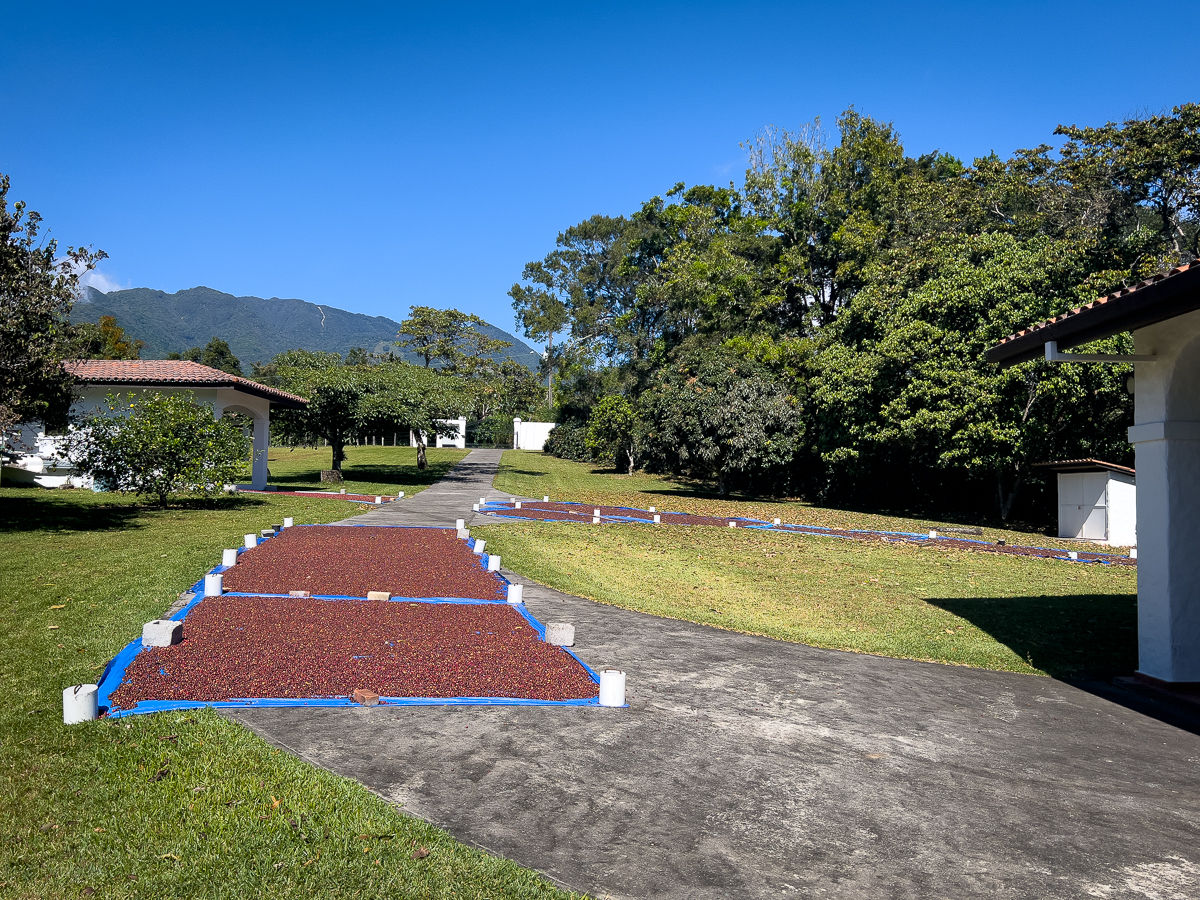
Regardless of the method used for drying, all coffee has to be picked carefully by hand. When you have a cup of coffee each morning, think about this: That cup of coffee you are drinking is the result of someone willing to pick the cherries used for that cup. Coffee is picked by hand for you and then a cadre of people working together have to process the coffee. Many hands and steps are involved in this process of growing and processing coffee for your cup of Joe. I smile when drinking my cup of coffee and think about all the people connections involved. I am grateful to each of them.
Here is a photo of one of our coffee pickers in action. Note her simple dress and no shoes. To me she is a very special person and I am thankful for her willingness to help us have a another cup.
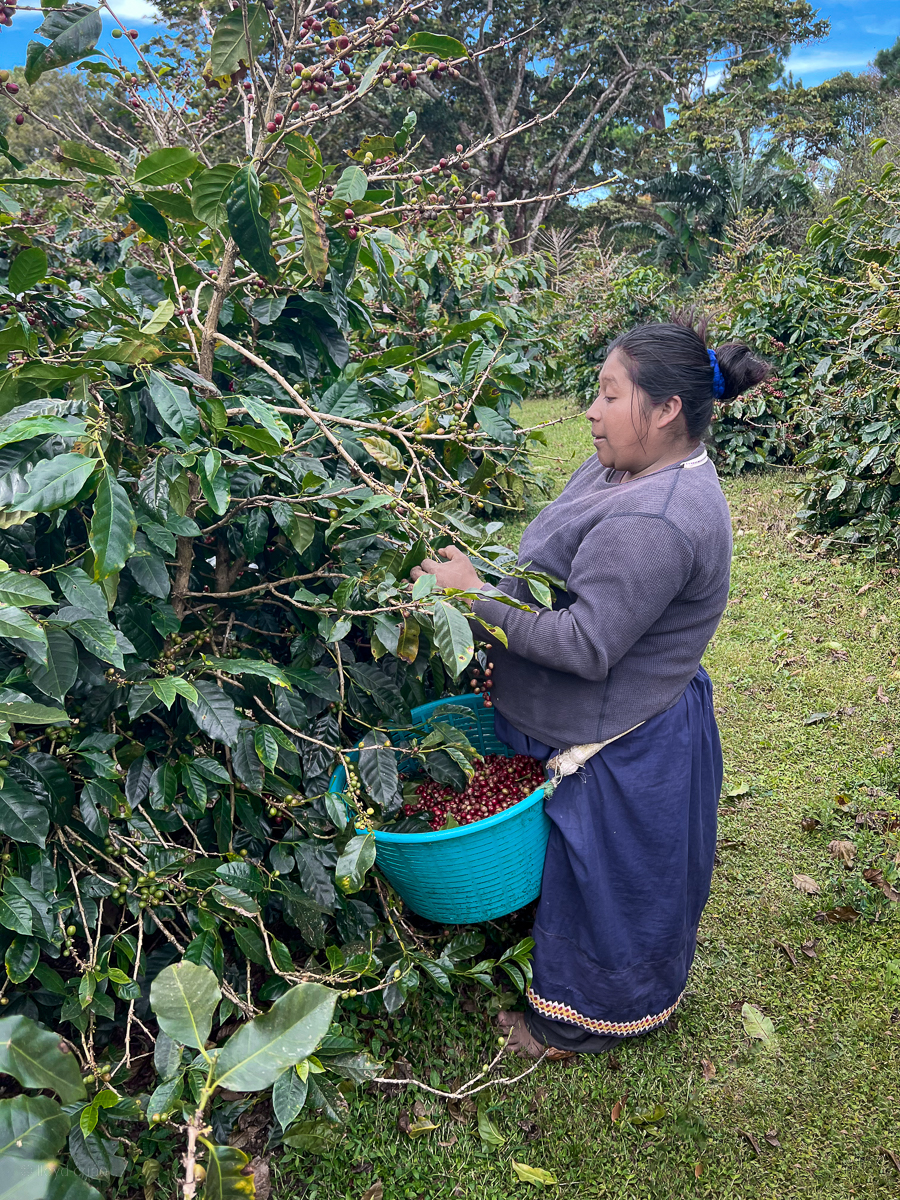
Happy New Year to you all. Let the umbrellas rest awhile. Enjoy the sun and the good weather here in Paradise and enjoy that next cup!
Lloyd Cripe
